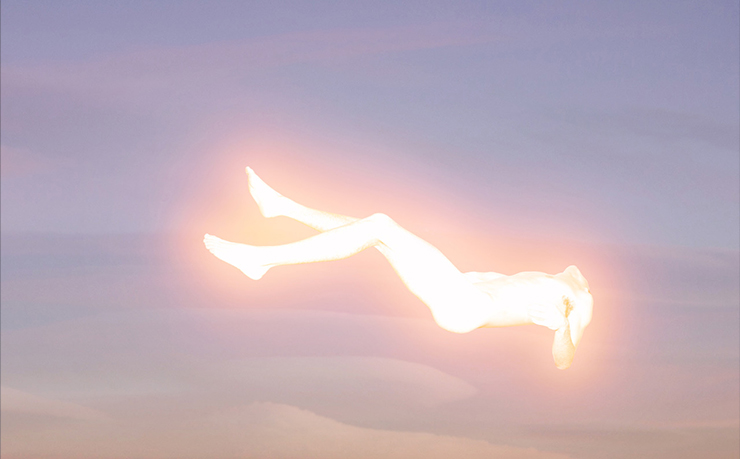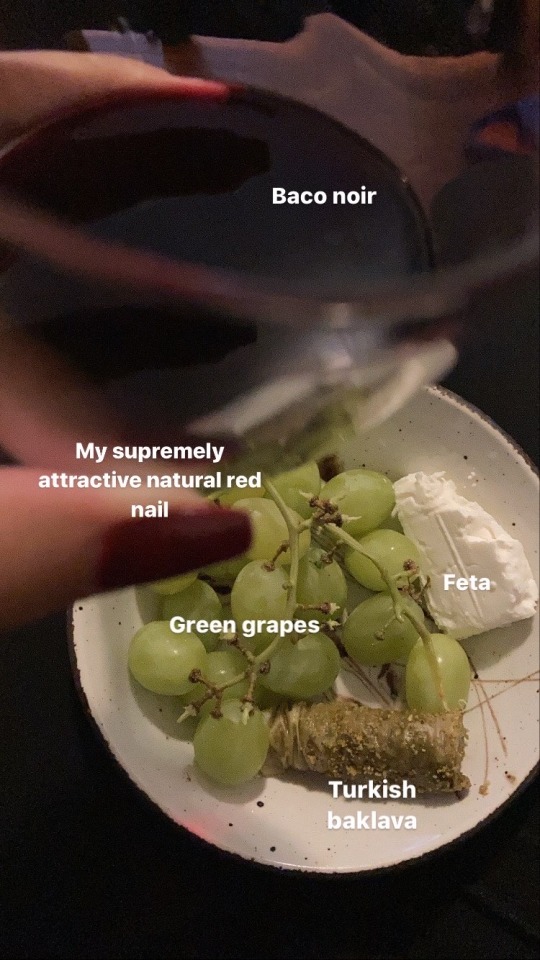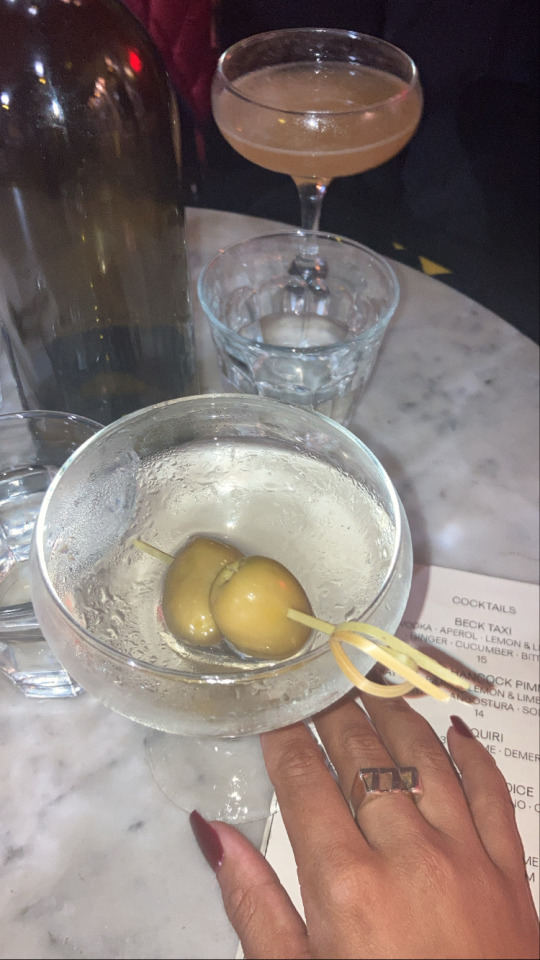There is an undeniable aura of boredom that pervades the postured beauty of the online sphere. Boredom is a little sexy here, not like in-person where the warmth of grace, tone, and body language all come together to decide whether or not you’re a social loss or if you’re salvageable. Arguably, there are a few social circles that have co-opted the notion that boredom is coolness. In certain places, like shabby red-lit Parisian bars, a straight face is synonymous with sophistication. As is a cigarette, which in other circles still only reads as poisonous stupidity.
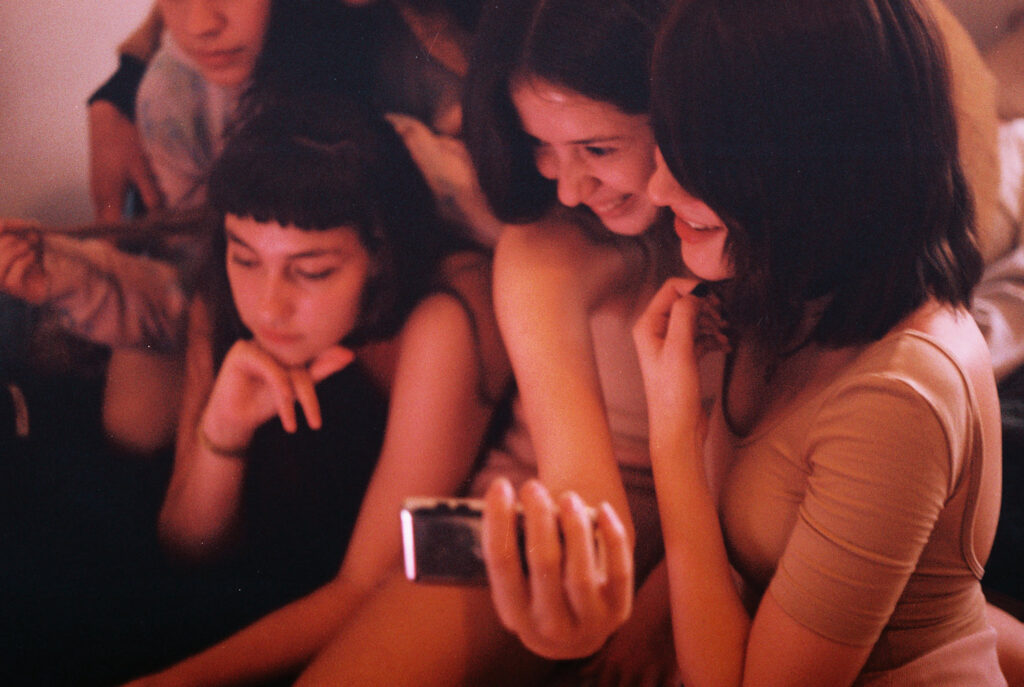
Grace falls a little flat on the Internet. But so does playfulness, which often seems forced in the name of being known as someone who has a fun, non-worried personality. This isn’t exactly the Internet’s fault — it’s a fact of all non-living territories. Books. TV. Films. Twitter. What is not real life can never be real life, nor can it ever accurately communicate it, as much as it can be appreciated and experienced. Playfulness on Instagram is pursued most by those who feel inevitably caged in by the implications of their own pre-existing Internet personality, those who let loose on their Close Friends every now just to make up for all of the persistent posturing. One influencer/model/I’m not sure exactly what she is but she looks great, Devon Lee Carlson, is an expert at suggesting perpetual happiness via her Instagram feed, but even she can’t avoid that semi-sterile atmosphere that’s bound to come along with endless rows of delectable lit beach days all in HQ resolution.
In other words, it’s complicated.
Skin: clear. Expression: stoic. Mood: Contemplative. Symmetrical, proportionate bodies, cold pressed green juices catching 6am light, chicly manicured hands, morning yoga in a full face, Spanish sunsets as red as tango, the glorious finale of a hiking trip, the cocktail menu at Dirty Candy, Royal Miyaga oysters and Bleu d’Auvergne cheese, peach and orange blossom botanical sodas, the tinsel of someone else’s New Years Eve, your ex’s new girlfriend’s new ass, everything frozen in time, endless insight into situations that don’t and can never belong to you. Not to say that you can’t eat French cheeses and botanical sodas and hike to the top of the snow-covered Alps where you can pause and take a photograph of your achievement. It’s that the photos we come across on the Internet are gone, in reality, by the time we perceive them. So what exactly is it that we’re perceiving? It’s not exactly reality, because it’s not here, so what is it? And is it worthwhile, in any real way?
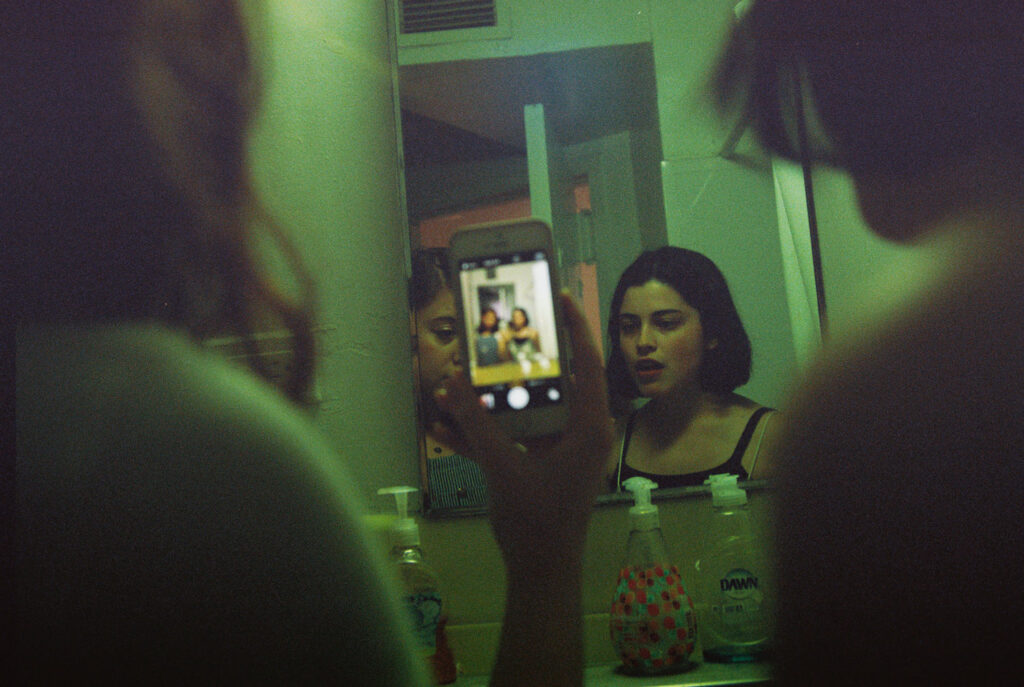
It’s no secret that photographs are magical items. If you’re into the wellness scene at all, you know about the art of Pinterest vision-boarding and you might even go old-school with it, collecting pictures of Amazon jungle architecture, Prada heels, candid photographs of Zoë Kravitz’ street-style: all hail the princess of Williamsburg. Vision boards as a manifestation tool serve as a constant, daily reminder of what you’re working for each year, month, week, minute. The easiest mode of vision boarding happens via Instagram’s “Saved” tab which offers an alternative to the classic Like button, which is well-needed ever since they made our likes private and sucked the operatic drama out of everything. The Saved tab gives us a pocket of space where we can hoard all of the pictures that pique our interest. Green French leather Toga sofas, Jah Jah Paris’ vegan bowl of raw pineapple salsa, maki, and peanut sauce, accidental inspiration from fashion culture figure Michele Lamy: to say the least, I’m subconsciously manifesting a luxurious 30s via my Saved tab.
On the bleaker side, Internet trends do take us over like a virus. Controversial fashion-mogul Kanye West’s first apparel line, Yeezy Season 1, debuted to the world in the fall of 2015 and then never really disappeared. Instead, it melted, dispersed, and morphed itself into a lot of the style trends that find their roots online today in digital storefronts like Pretty Little Thing and Fashion Nova, trends that feel atrophied from any real lived experience. This isn’t “life-inspired” fashion culture, it’s curated and algorithmic.

Instagram was five years old at the time that Yeezy’s use of flesh-toned, natural colours, bike shorts, and spandex emerged at the fashion forefront. Yeezy dropped luxury shoes sporting titles like “Bone white,” “Cloud white,” “Stone,” “Tephra: n. Solid matter that is ejected into the air after a volcano,” flashing its own commitment to elemental, down-to-earth minimalism as the pinnacle of effortless vogue even as, with a starting market value of $200USD and a resale value of over $2000USD on average, the reality is that there is nothing very minimal or effortless about the brand. Fast forward to 2020 and the @beigeaesthetic hashtag covers over half a million posts on Instagram. The hypnotic experience delivered via this aesthetic is one of thoughtless ease. Wherever you are, wherever you go.

If I can’t experience the reality of an image just by looking at it, what is it that I’m experiencing? I’m experiencing something. I know this. I must be. Hence the scrolling, the searching, the refreshing. The dissatisfaction. Possible answers: I am experiencing longing. I am experiencing envy. I am being judgemental. I am wishing for novelty. I am experiencing a possible point in my own future, if I were smart, and knew how to cast that net and use the momentum of my own desires to drag myself towards that distant, glowing X and close the gap. An image is only a suggestion of what an experience that happened somewhere else, to someone else, might’ve felt like, looked like, or sounded like. An image is one flat square chunk taken out of the world. It can’t capture the tension in your mind as you pick up your iPhone for the fifth time on impulse, your brain rattling to escape itself through other people’s stories. It can’t capture the sadness hanging in the steam around your boozy red wine bath, or the unbelievable weight of your body, or the jangling, desperate fear that you’re no one going nowhere, the same fear that drags you to the gym at 6am where you post a picture of your superfood almond milk matcha smoothie over the caption #riseandgrind. Whether it’s in the realm of beauty, spirituality, wellness, travel, or status-affirming experiences and object acquisition, repetition becomes formula and formula becomes standard. Personally, I find the question of whether Instagram is bad for my self-esteem a little redundant (like, what isn’t? I’m twenty-four, I’m having an unstable time) and, on some days, I even love Instagram.
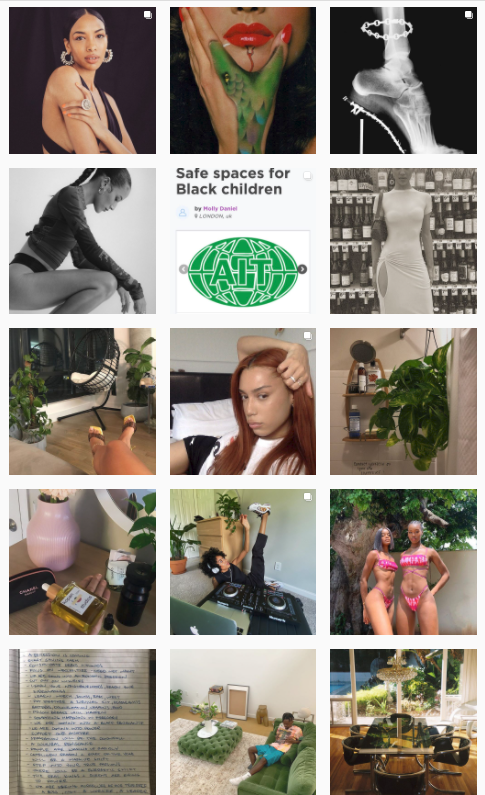
Sexy, consciously-curated pages like @mercy.sang, @jesuisjeneice, and even @wineenthusiast appeal to the opulence-hungry woman in me. But pages like @instagramvsreality and its countless virtual twins dedicated to celeb/socialite exposés in the name of soothing the disturbances within the budding self-images of teens worldwide remind me that this app is much bigger than you and me and that, even passively, it’s shaping our experience of culture. It’s shaping shopping trends, our notions of what’s palatable, what’s worthwhile. Even this past week on Twitter has seen a debate questioning the actual longevity of the luxuriousness of the luxury Birkin bags: are the bags rich bitch shit or not?
The general psyche of every IG user differs from the next and it can’t be claimed that we all suffer from the same level of impressionability and Internet-induced delusionment as the person beside us. I think how Instagram influences us can be decided by other, more individual factors such as where we live, who we follow, and the particular shape of our voids. However, we live in a strange moment within Western culture. Monica Sjoo writes in her book “The Great Cosmic Mother: Rediscovering the Sickness of the Earth,” that “modern sickness is one of disconnection, the ego unable to feel an organic part of the world, except via chemical and popular cultural addictions.” Instagram actually can be a tyrannical weed that infests the fertile, impressional soil of self-esteem all the while stunting personal growth by diverting one’s attention from one’s own path, and redirecting it onto the countless now-digitally documented/constantly accessible/viewable paths of those around them. This “rightness” versus “wrongness” philosophy in terms of how one should look, live, eat, and buy is pervasive and insidious. There is almost no avoiding it. Where to run to?
When I look around, I know that I can make out a picture from where it lay, waiting for me, from anywhere within my immediate environment. The book that I’m reading, Nothing Good Can Come from This: Essays by Kristi Coulter is half-bleached under the light of the morning in bed beside my coffee cup. Picture. My essential oil diffuser glows red like sex, breathing out rose and lavender next to my candle sculpture shaped like an Eastern god. Picture. My own body in a sheer chocolate brown shirt from a Montreal designer. I’ll never wear this outside, I’m too shy, but in my bedroom I love the way my nipples look through the fabric. Picture. Am I artsy, or is Instagram turning me into an addict of proportions, rotting my ability to see further than a 2-dimensional box? How far can I, or anyone else, get living behind the lens of a camera before our eye adopts its quality of capturing a photograph, rather than doing its job, which is seeing all of life? The new Instagram-influenced eye has a 9:16 aspect ratio. The new Instagram eye disqualifies what is not beautiful because it’s an eye driven by aesthetic. From the Greek word aistheta, “perceptible things,” a well-defined aesthetic helps us, our eyes, know what to focus on. It is harmony within the chaos, a uniform that signifies a personal belonging to a larger hub within the fashion sphere. Without a larger significance to which it can be drawn back to and thus understood through, it’s only clothes or jewelry. A green glint on my nightstand. Aesthetic draws a line for us to follow, it acts as a clarification point, but it also inspires the opposing issue of aesthetic confusion in so many young people. The issue becomes no longer just how am I behaving and is it correct? It’s also: What am I wearing, listening to, and what does it say about me? An aesthetic becomes a cage of sorts.
And what are the implications of digital fashion culture?
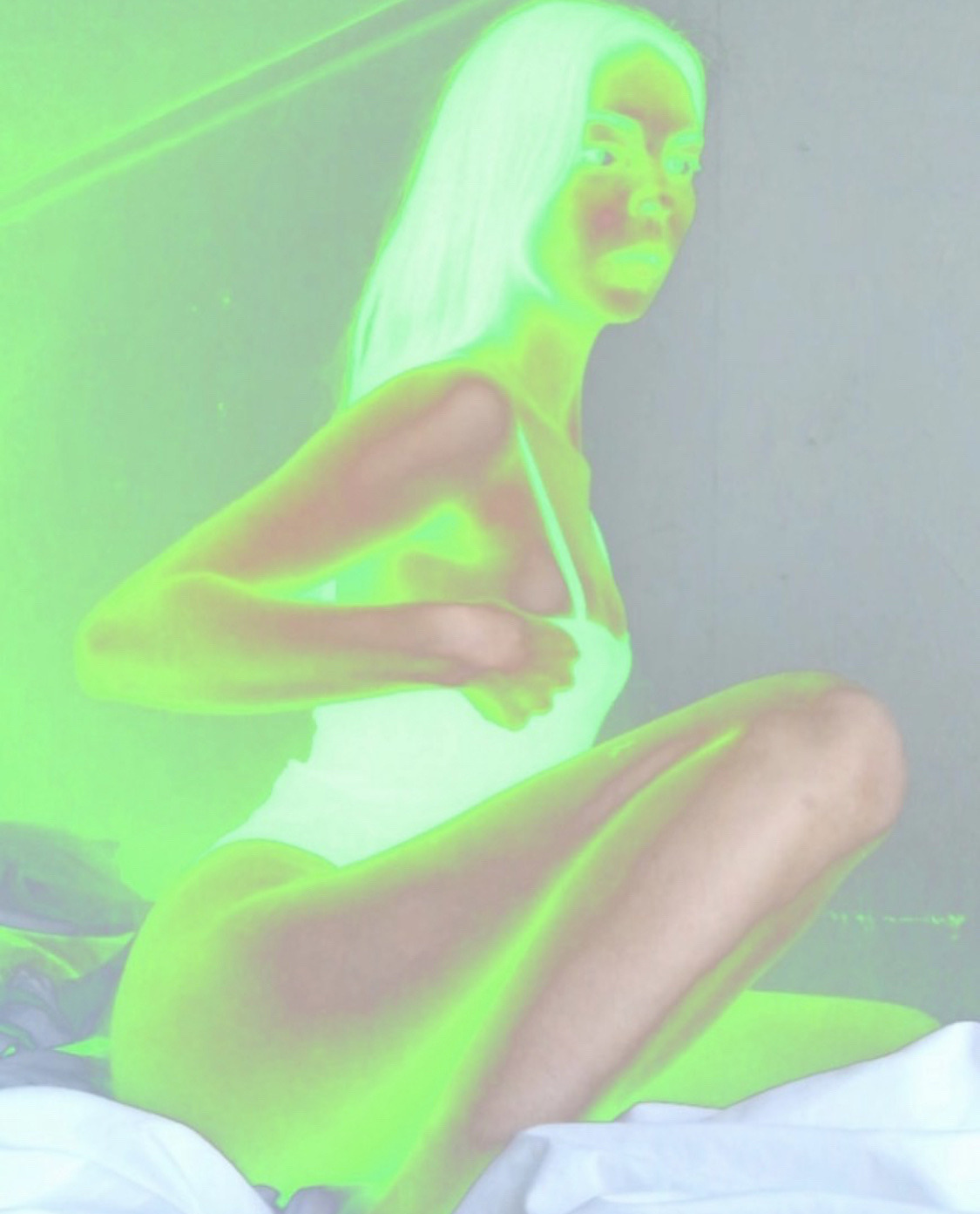
The implications of an open-door online sphere go further than just individuals being able to insinuate a level of personal trendiness that they do not, in reality, genuinely possess. No one is trying to be the gatekeeper of fashion, either — fashion is a peach and we should all bite in. Our relationship to style, in a dream world, will be informed by our connection to our own intuition and what it is that we’re trying to say. Trendiness is intuition in terms of what works for me and what doesn’t, it’s not the question of what’s cool, what isn’t?
Personal style, art, design, aesthetic, lingo — these aspects of life once necessitated an arms-length closeness to their active material forms in order to grant true access. Items had history. Items were passed down from aunties, older brothers, classmates. Items were thrifted. Revived. Creativity was demanded. Coolness birthed itself out of desperate creation. Items, which at first held no or even deficient cultural and monetary value, were renovated in the eyes of Black culture and given mystical importance. More than being desired because they were a source of hype or props, or because they were a photographable totem of relevance in the fashion scene, “items” in of themselves were a part of a larger active culture. Culture once demanded three-dimensional engagement. What are the repercussions of culture going digital? We understand that it is impossible to close the doors. Virtual reality has no doors. Cultural significance is being threatened to have the meaning exhausted out of them as they appear time and time again within preconceived, two-dimensional imagery in which a widely coveted sneaker or a bag appear as only additional information against the wider backdrop of luxury.
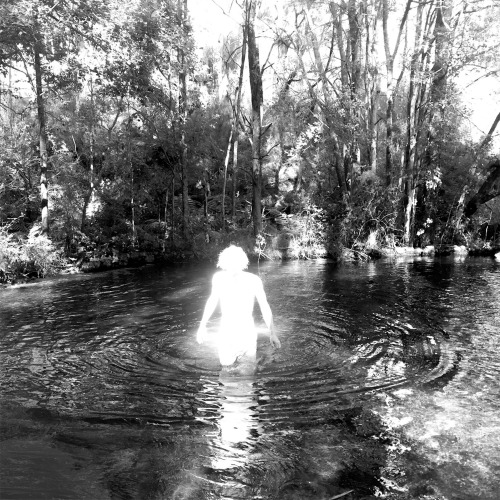
It would be impossible to write all of my thoughts about Instagram in one go. Either way, I’ve made it a habit to log off one or two hours before bed and give my brain some real room to unwind.
Digital culture confuses the experience of culture because it flattens its aspects until there is nothing left alive. It’s served up in digital format, estranged from its true source. Forget pulse, presence, perception: culture can now be opted in-and-out-of by anyone who knows how to forecast trends and use the Instagram shop tool. The optimal style changes its form and requirements depending on which circle one frequents on the Internet. I’m on an Instagram break at the moment but I’ll probably be back soon to upload specifically alluring moments of sunset, my roasted beet and goat cheese arugula salads, and the 2am vodka martinis I drink and post when I should be doing other things — for example, writing about my thoughts on Instagram.

